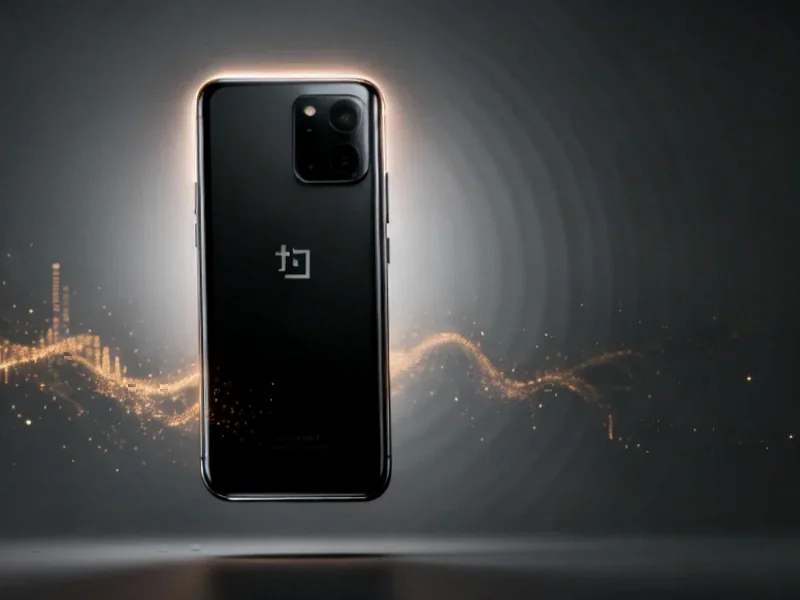According to MakeUseOf, Microsoft Bob was released in 1995 as an attempt to create a more user-friendly computer interface for novices, using a virtual house metaphor where users clicked on household objects to access applications. The software launched for Windows 3.1 but was discontinued in less than a year following dismal sales and widespread criticism, despite costing $100 ($215 in today’s money) and requiring a powerful PC for the era. The interface featured Rover the dog as a guide and included basic applications like a letter writer, checkbook, and calendar, but suffered from childish graphics, intrusive text bubbles, and proprietary file formats that locked users into the ecosystem. The software’s design legacy includes influencing later Microsoft assistants like Clippy and indirectly leading to the creation of Comic Sans font. This forgotten failure offers important lessons about product-market fit that remain relevant today.
Table of Contents
The Catastrophic Timing Mismatch
What makes Microsoft Bob‘s failure particularly instructive is its disastrous timing. Launching in March 1995, just months before Windows 95’s August release, Bob arrived as the computing world was about to experience its most significant usability leap in years. Windows 95 introduced the Start menu, taskbar, and a much more intuitive interface that made Bob’s house metaphor instantly obsolete. The market was already moving toward standardization, and Bob’s proprietary file formats represented exactly the kind of vendor lock-in that savvy users were beginning to reject. This timing issue highlights a critical product development challenge: even good ideas can fail if they arrive at the wrong moment in technological evolution.
The Flawed Interface Philosophy
Microsoft Bob’s fundamental mistake was misunderstanding how adults learn technology. The house metaphor assumed that real-world analogies would make computing less intimidating, but this approach often creates more cognitive load than it saves. Adults learning new technology typically want efficiency and directness, not cutesy metaphors that hide functionality behind decorative objects. The constant text bubbles and forced tutorials reflected a deeper paternalistic approach that treated users as incapable rather than inexperienced. This philosophy would haunt Microsoft for years, reappearing in the much-maligned Clippy and other overbearing assistance features that users consistently rejected. The lesson: respect your users’ intelligence, even when designing for beginners.
The Unexpected Legacy
Despite its commercial failure, Microsoft Bob’s DNA persists throughout modern computing. The concept of animated assistants evolved into the Microsoft Office helpers and eventually influenced modern AI companions like Cortana and Copilot. More significantly, Bob represented an early attempt at creating a cohesive digital environment where applications worked together seamlessly—a vision that would later manifest in ecosystem strategies across the industry. The indirect creation of Comic Sans, while often mocked, demonstrates how experimental projects can spawn unexpectedly enduring outcomes. Even failed products can serve as valuable computer interface laboratories, testing concepts that might succeed in different forms years later.
Enduring Product Development Lessons
Microsoft Bob’s story offers timeless lessons about product-market fit. The $100 price point for what was essentially a shell over existing functionality demonstrated poor value perception, especially when the underlying Windows system cost similar amounts. The high system requirements excluded the very novice users it targeted, while the proprietary file formats created unnecessary friction. Most importantly, Bob failed to understand that adults want to feel competent when using technology, not infantilized. These mistakes—misjudging price sensitivity, creating artificial barriers to entry, and misunderstanding user psychology—remain common pitfalls in product development today. Successful products must solve real problems without making users feel inadequate in the process.
Modern Parallels and Warnings
Today’s technology landscape is filled with products that risk repeating Microsoft Bob’s mistakes. Overly simplistic interfaces that hide functionality, mandatory tutorials that interrupt workflow, and metaphorical interfaces that prioritize cuteness over utility continue to plague software design. The rise of AI assistants brings particular relevance to Bob’s legacy—the same tension between helpful guidance and annoying intrusion persists. As Microsoft and other companies develop increasingly sophisticated AI companions, they must remember that users ultimately want tools that enhance their capabilities, not replace their intelligence. Bob’s failure reminds us that no matter how advanced the technology, understanding human psychology remains the most critical component of successful product design.
Related Articles You May Find Interesting
- The Dangerous Return of CEO-Chair Dominance in Corporate America
- The Cybernetic Teammate: AI’s Surprising Role in Human Collaboration
- L3Harris Aims for Post-Shutdown Defense Contract Surge
- Navigating Economic Headwinds: Strategic Moves for Business Resilience
- Triarchy Sets Sail for 2026 with Boss-Focused Co-Op RPG Vision



